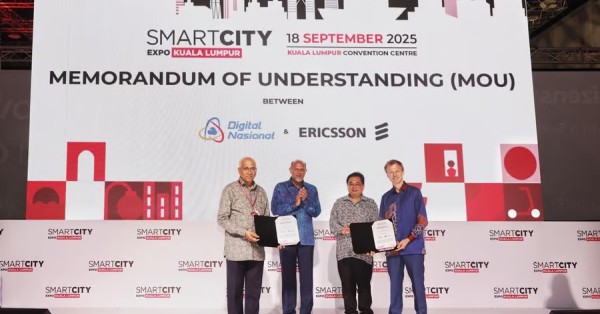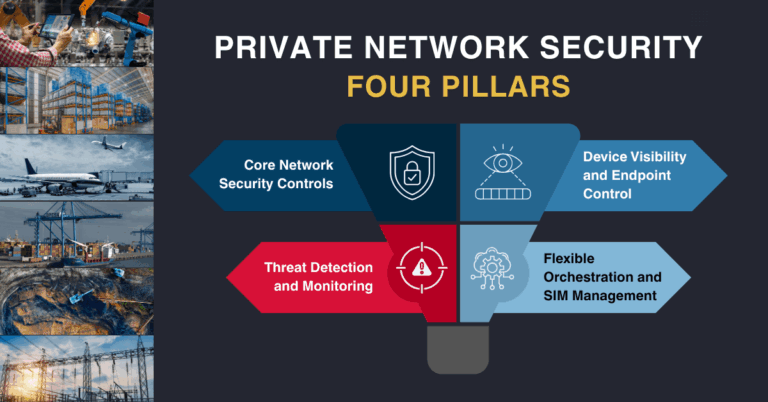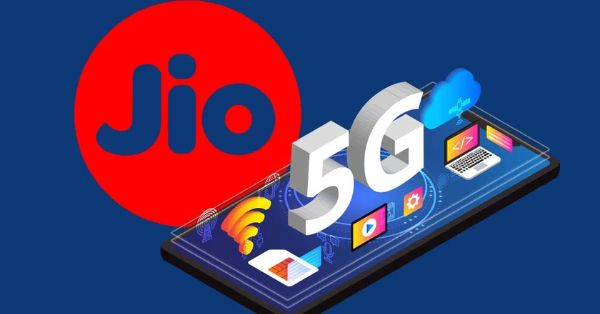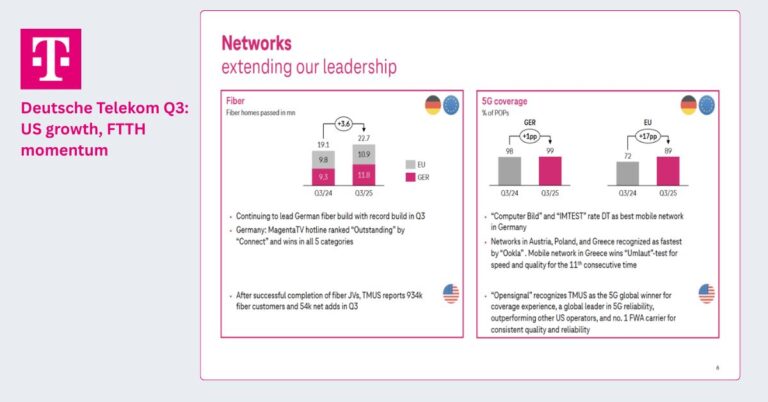Public sector 5G, AI, and IoT upskilling in Malaysia
Digital Nasional Berhad (DNB) and Ericsson have launched a national upskilling program to train 40,000 municipal and government employees in 5G, AI, IoT and automation, signaling a shift from network build to service delivery readiness.
Why Malaysia needs 5G and AI skills now
Malaysia’s 5G footprint is expanding and the country is positioning for AI-led growth by 2030. Infrastructure alone will not unlock outcomes. Cities and agencies need people who can specify, procure, secure and operate digital services at scale. This initiative targets the execution gap by training frontline staff and policy makers on how to translate connectivity into citizen services, operational efficiency and data-driven decisions.
Alignment with the 13th Malaysia Plan and AI strategy
The program supports goals in the 13th Malaysia Plan and the government’s ambition to be an AI-driven economy. It complements smart city roadmaps by building foundational ICT skills across local councils. Training public servants to design inclusive digital strategies, manage data responsibly and adopt automation is critical to ensure benefits reach small businesses and underserved communities, not just large urban centers.
Inside the DNB–Ericsson 5G and AI training program
The initiative blends scalable online content with practical simulations to make emerging technologies relevant to day-to-day public service delivery.
Scope and priority: municipal and city councils
The first phase focuses on city and municipal councils—where 5G and IoT use cases are most tangible, from traffic and public safety to waste, utilities and permitting. Targeting 40,000 employees signals intent to shift skills at scale, not just within a handful of flagship agencies. Over time, the model can expand to ministries and state-linked entities that run transport, healthcare and education.
Delivery model and curriculum highlights
Courses are delivered via a mobile-friendly, self-paced platform built on Ericsson’s global training assets in next-generation networks and automation. A “Connected City” simulation immerses participants in realistic urban scenarios, helping them apply concepts like 5G Standalone features, network slicing, edge compute, AI-driven analytics, and IoT integration to solve operational problems. Expect modules on data governance, cybersecurity, cloud-native architectures, API-first design, and change management alongside technology topics.
Extending the DNB–Ericsson 5G partnership
The skills push is a logical extension of the companies’ collaboration on Malaysia’s 5G rollout. As coverage and capacity mature, demand will shift to advanced capabilities such as ultra-reliable low-latency communications, massive IoT, and integration with cloud and data platforms. The program also complements university-focused skilling efforts by closing the public sector capability gap that often stalls adoption.
Ecosystem impact and market implications
Training 40,000 public servants will shape technology roadmaps, procurement preferences and partner ecosystems across Malaysia’s cities and agencies.
Accelerating 5G SA and city use cases
As officials gain fluency in 3GPP standards, security frameworks and cloud operations, RFPs will increasingly reference 5G SA cores, network APIs, exposure functions and QoS tiers tied to outcomes. Use cases likely to scale include traffic signal optimization, video analytics, smart metering, field-force automation, digital permitting and connected public transport with edge analytics.
Procurement and standards: interoperability and security
Expect more emphasis on interoperability, open interfaces, observability and compliance with national data residency and security policies. Vendors should be ready for requirements around zero-trust architectures, identity and access controls, lifecycle management, and integration with existing SCADA/OT systems. Clear alignment with 3GPP releases, cloud-native principles and structured SLAs will be differentiators.
Ecosystem opportunities across the stack
Systems integrators, ISVs and hyperscalers can package solutions that combine 5G connectivity, edge platforms, AI models and municipal applications. Local SMEs with domain knowledge in facilities, utilities and urban services can move up the stack with managed services and outcome-based offerings. Telcos and neutral host providers can develop network slices and private 5G propositions tailored to city operations.
Execution risks and mitigation
The initiative is ambitious; converting skills into measurable service improvements requires disciplined execution.
Turning training into service delivery
Without funded pilots and empowered cross-functional teams, training risks staying theoretical. Agencies should earmark budgets for quick-win projects, define KPIs up front (e.g., incident response times, energy savings, revenue cycle times), and establish governance to scale what works across districts.
Integration, data and cybersecurity challenges
IoT data often lives in fragmented systems with legacy protocols. Interoperability, cybersecurity and data quality must be addressed early. Reference architectures, shared data models, secure API gateways and event-driven integration will cut time-to-value and reduce operational risk. OT security assessments and network segmentation are essential when connecting critical infrastructure.
Talent retention and change management
Upskilling must be paired with new roles, career paths and incentives to retain trained staff. Procurement, finance and legal teams also need exposure to outcome-based contracts and agile delivery to avoid bottlenecks.
Next steps for vendors and agencies
Vendors and operators have a near-term window to co-create solutions and shape standards as public sector demand matures.
Guidance for operators and network vendors
Productize municipal blueprints that bundle connectivity (public 5G, private 5G or hybrid), edge compute and managed security. Offer trial network slices or campus-grade coverage for city pilots. Expose network APIs for quality on demand and analytics. Provide toolkits that map 5G features to city KPIs and compliance requirements.
Guidance for municipalities and agencies
Stand up a reference architecture office to standardize platforms, data models and security controls across departments. Use modular, vendor-neutral RFPs with clear interoperability and observability criteria. Prioritize two to three high-ROI use cases per council and measure outcomes rigorously.
Guidance for technology providers and integrators
Localize solutions to Malaysia’s regulatory context, languages and workflows. Embed training and change management into deployments, not as afterthoughts. Align offers with national priorities—AI-enabled services, inclusive access, and sustainability—while ensuring data residency, auditability and cost transparency.
The DNB–Ericsson program marks a practical shift in Malaysia’s digital transformation playbook: equip the public sector to turn 5G, AI and IoT into tangible citizen outcomes. The organizations that pair this skills wave with executable, standards-based solutions will set the pace for the next phase of Malaysia’s digital economy.









































